Human burials are some of the most poignant and famous archaeological remains that survive from the ancient world. People were buried in a variety of ways, from being entombed within massive pyramids to simply getting dumped in a bog. In some cases, people feared that the dead would come back to life and cause harm — leading to their bodies being decapitated or driven through with a stake.
In this countdown Live Science takes a look at 32 astonishing burials.
‘Vampire’ decapitations in Poland
In 2013 construction workers in Gliwice, Poland, unearthed a cemetery filled with decapitated individuals whose skulls had been severed and placed between their knees. The media referred to them as “vampire decapitations” and it became a major story. The bodies date to the 15th or 16th century, Jacek Pierzak, the archaeologist who excavated the cemetery, told Live Science in an email. The way they were buried “was supposed to stop them rising from the dead and [doing] evil things,” Pierzak said, adding that the burials could also be the result of the execution of criminals.
Royal tombs of Huaca Rajada

The site of Huaca Rajada (also known as Sipan), in northern Peru, contains a series of tombs that are believed to hold the rulers of the Moche, a people who thrived in the region from roughly A.D. 100 to 700. While some of the tombs have been looted, the relics found within included human sacrifices, elaborate masks, shields and pottery vessels containing food offerings. These burials were located beneath ancient pyramids that may have risen around 115 feet (35 meters) in height. The site was excavated between 1987 and 1990.
Mausoleum of Augustus
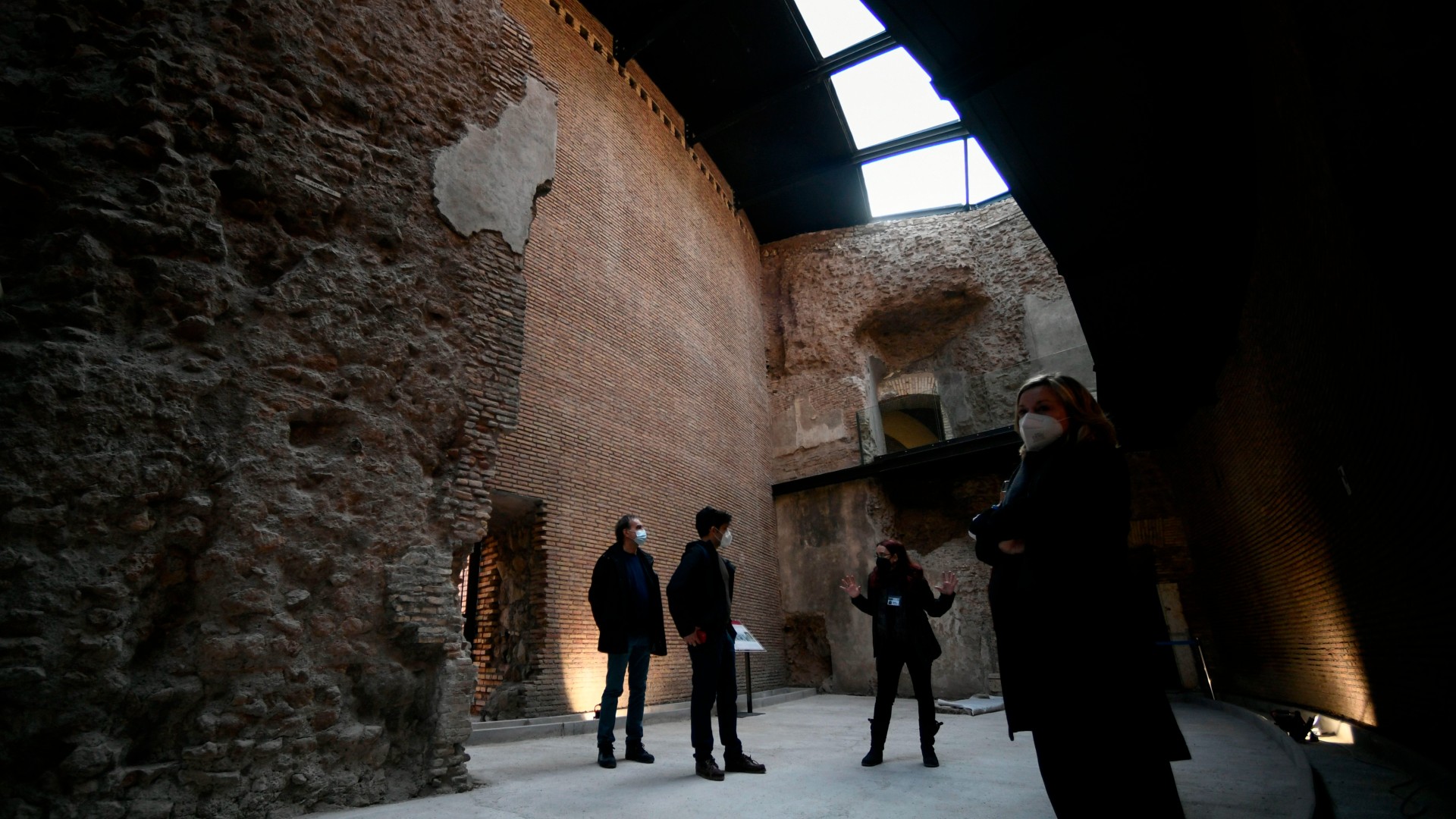
The Mausoleum of Augustus in Rome is a domed, circular structure that held the cremated remains of the Roman emperor Augustus, sole ruler of the Roman Empire from 30 B.C. until A.D. 14, and his family members. It was around 292 feet (89 meters) in diameter and had plaques of the Res Gestae, an account of the achievements of Augustus, on it. It also had a statue of Augustus on top of the domed roof. The structure was later reused for different purposes and the cremated remains of Emperor Augustus are no longer present.
King Tut

Tutankhamun died when he was a teenager and was buried in a lavish tomb in the Valley of the Kings. The death mask of Tutankhamun, made mainly of gold, is one of the most famous archaeological finds ever discovered. Tutankhamun’s golden throne, canopic jars (used to store a mummified individual’s organs) and dagger made of meteorite iron were among several other incredible finds. Tutankhamun’s mummy was found intact and multiple studies have since attempted to find out what killed him. A fall from a chariot is currently one of the leading theories, with malaria possibly contributing to his demise.
Tomb of the first emperor of China
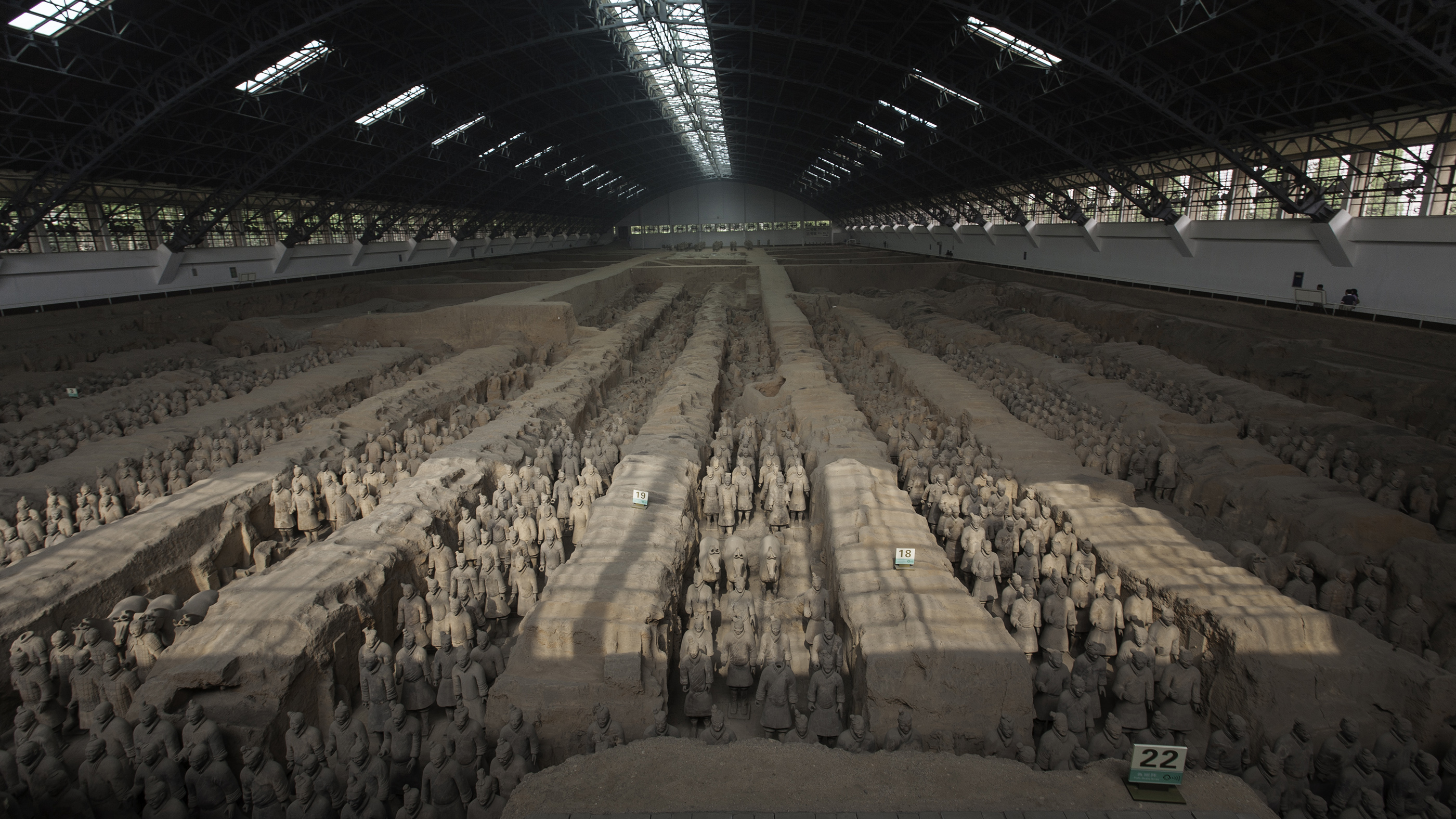
In 221 B.C. the Qin dynasty, led by emperor Qin Shi Huang, unified China for the first time. An elaborate tomb beneath a pyramid was constructed for the first emperor. While archaeologists have not excavated the place where the emperor’s body is located, they have excavated some of the nearby areas, including those that hold the Terracotta Army, which consists of thousands of life-sized statues of soldiers, horses and chariots, armed with weapons. Terracotta officials, acrobats and strongmen have also been found.
Khufu
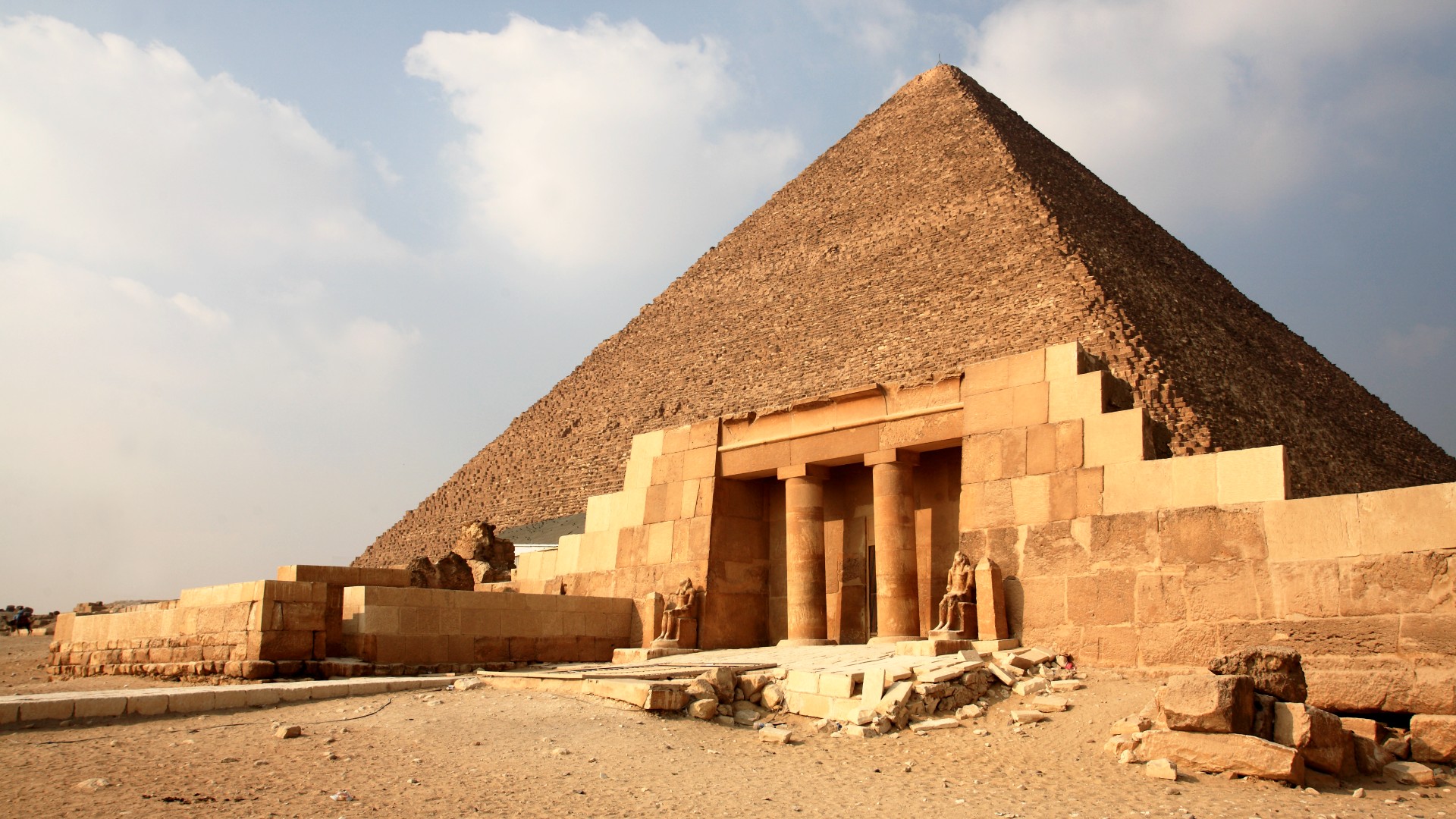
The pharaoh Khufu (reign circa 2551 to 2528 B.C.) had the Great Pyramid, the only surviving wonder of the ancient world, built at Giza. It rose about 481 feet (146 meters) high and is the tallest pyramid ever built. Khufu would have been buried inside of the pyramid but today all that remains is part of a granite sarcophagus. The sarcophagus remains are located inside what is now called the “king’s chamber,” which can be reached after climbing up the pyramid.
Mausolus
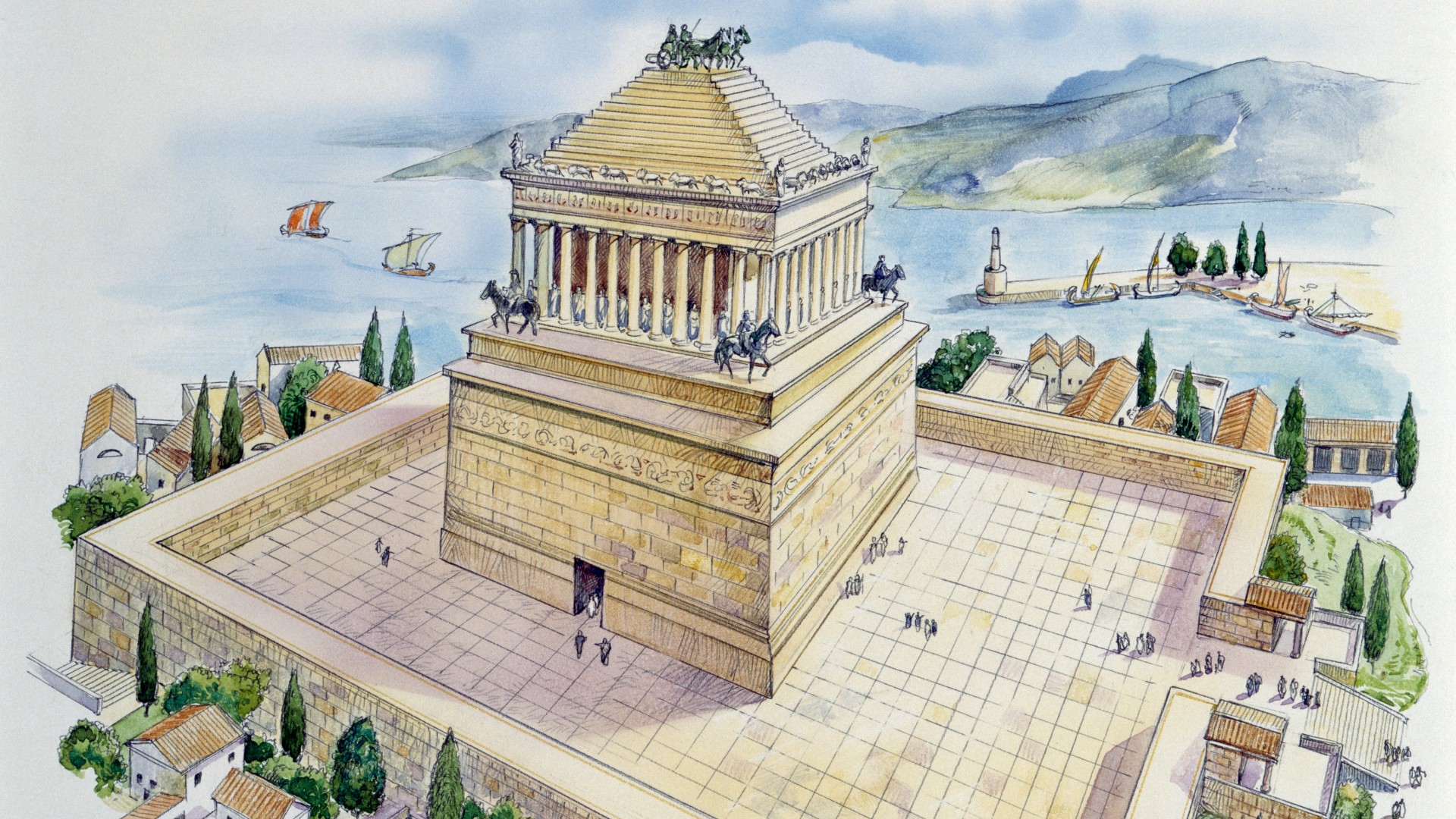
The Mausoleum at Halicarnassus, in Turkey, was a wonder of the ancient world that is lost today. It held the burial of Mausolus, a satrap of Caria in northern Anatolia who died in 353 B.C. The word “mausoleum” comes from the name of Mausolus. While neither the body of Mausolus nor the building survive, ancient accounts provide some information, with the ancient writer Pliny saying it was 140 feet (43 meters) tall and had a pyramid-shaped base with 63 columns at the top.
8. Sutton Hoo
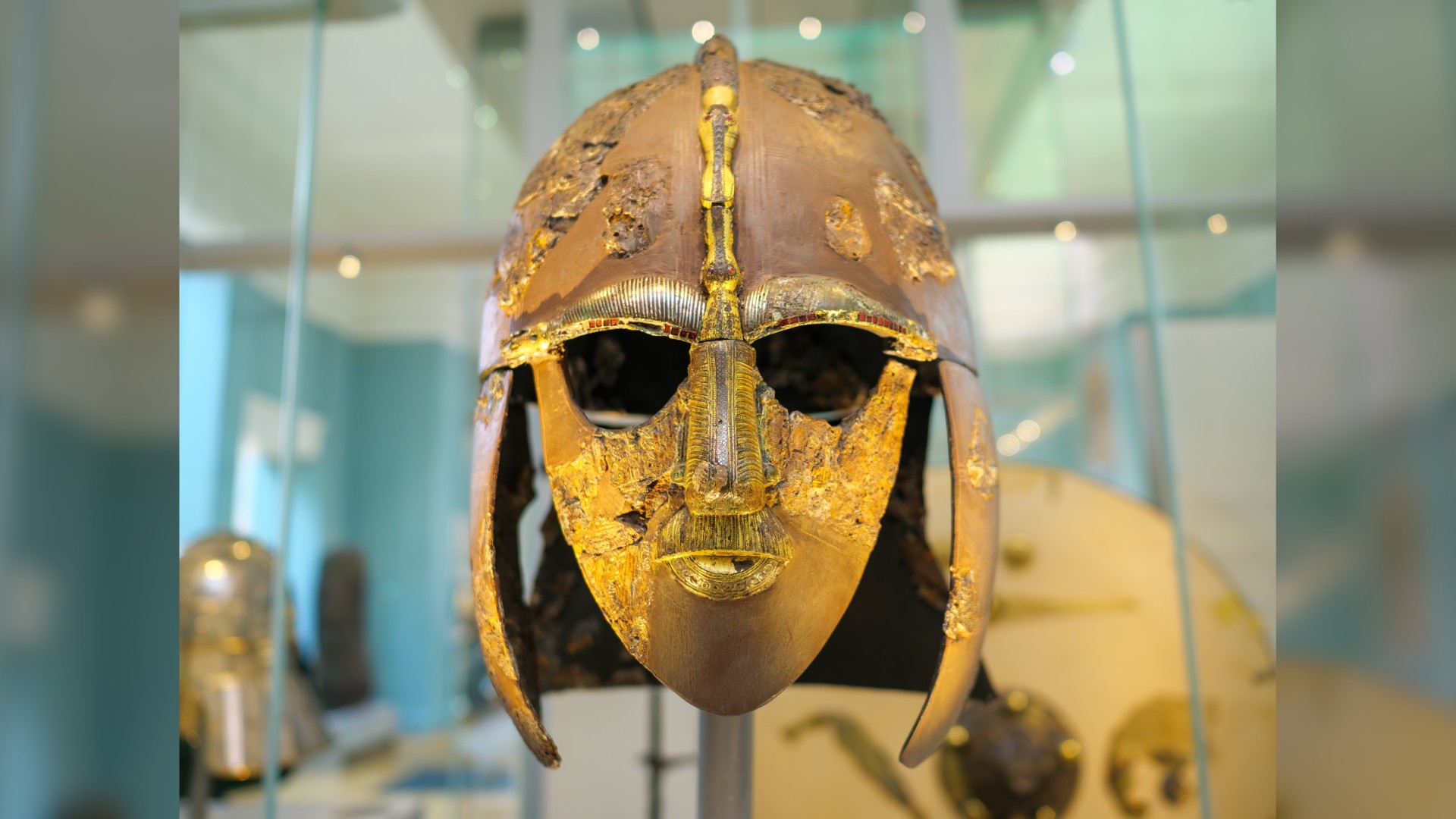
The Sutton Hoo burial in southeast Britain holds the remains of an 88.6 foot (27 meters) long ship with a burial chamber that contains 263 artifacts. No human remains have been found, but soil analysis indicates that there was once a body inside that has since completely decomposed. The most famous artifact is an iron helmet with animal motifs stamped on it. It’s uncertain who was buried there but a leading candidate is Raedwald, who ruled a kingdom in East Anglia during the early 7th century A.D. The coins found in the ship date to that time.
Psusennes I
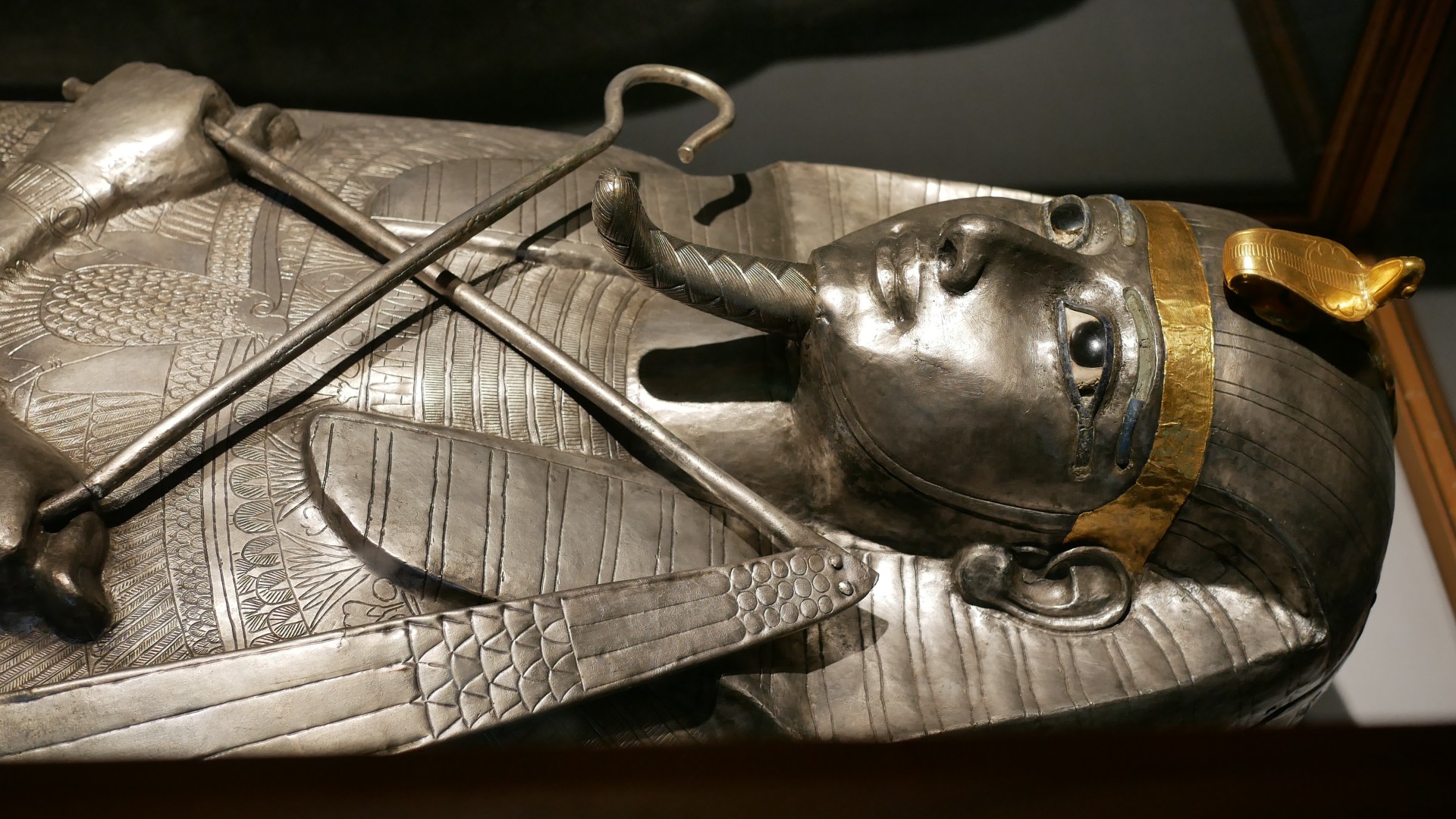
Psusennes I was a pharaoh who ruled during the 21st dynasty of Egypt around 3,100 years ago. In 1940, his tomb was unearthed in the ancient city of Tanis. He was buried with a funerary mask made out of gold. The innermost coffin in his sarcophagus was made out of silver, leading to some modern authors calling Psusennes I the “silver pharaoh.” Rich grave goods including necklaces and bracelets made of precious metals and gems were also found in the tomb. Despite these incredible finds the tomb didn’t get the popular attention that King Tut’s did, partly because World War II was ongoing when it was discovered.
Amphipolis tomb
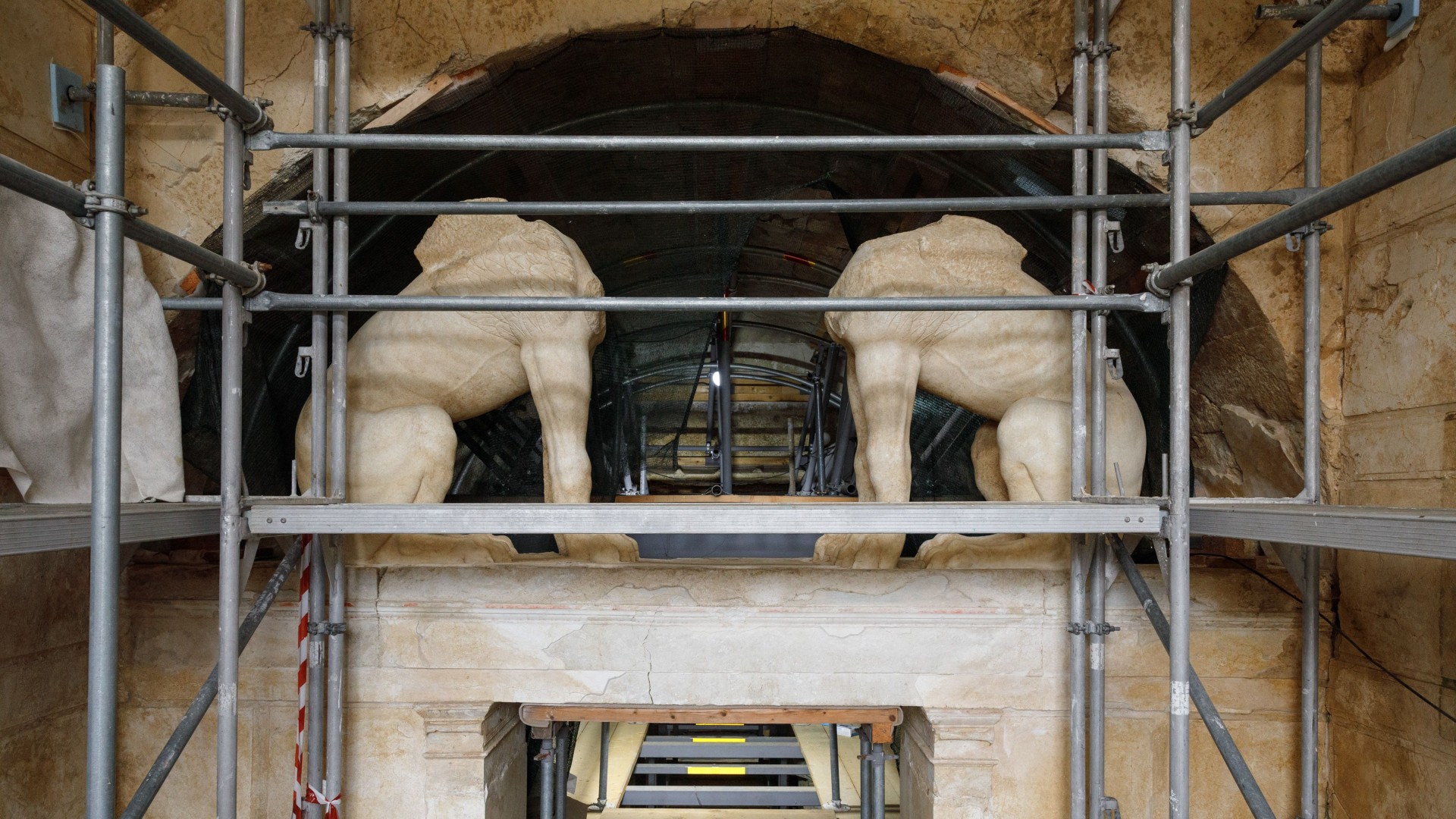
Dating back to the fourth century B.C. the Amphipolis tomb (also known as the Kasta tomb) is located in the Macedonia region of Greece and is elaborately decorated. It has sphinxes guarding the door, female statues and mosaics showing scenes from Greek mythology, such as the abduction of Persephone by Hades. While human remains from at least five people have been found in the tomb, it’s not clear who they were or who the tomb was built for. The tomb dates to around the time of Alexander the Great and it’s possible that the owner was a family member or friend of his.
Otzi the Iceman

Dating back more than 5,300 years, the frozen and well-preserved remains of a man, nicknamed “Ötzi” by researchers, were found in South Tyrol, close to Italy’s Austrian border, in 1991. Studies reveal that he was about 5 foot 3 inches (1.6 meters) tall, around 45 years old at time of death, and was killed after being hit with an arrow. He also had a deep cut in his right hand, possibly sustained while attempting to stop an attack. Researchers believe it likely that someone killed Ötzi, although their motive is uncertain.
Royal Tombs at Ur
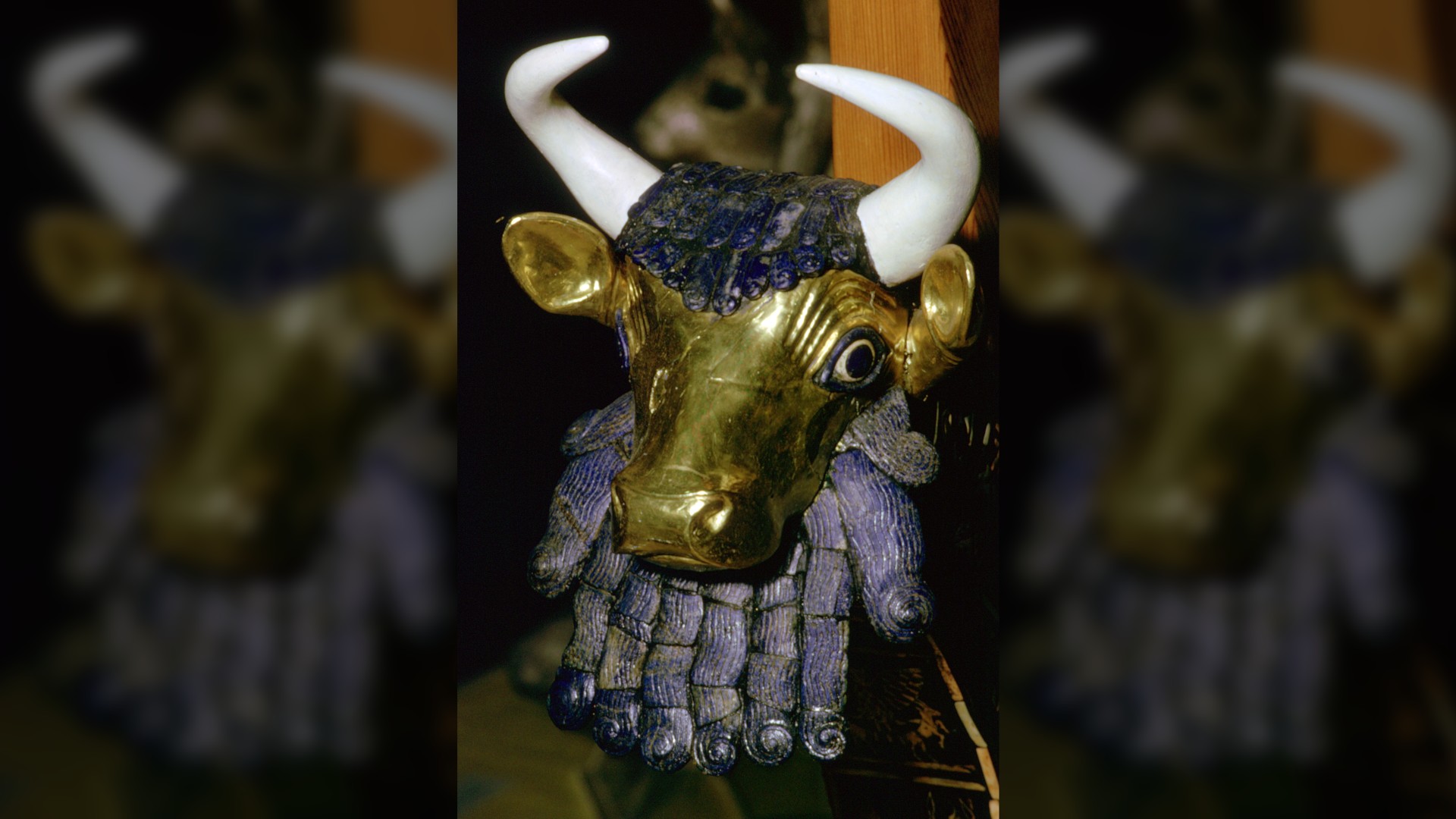
Dating back around 4,500 years, the royal tombs at Ur consist of around 16 tombs that belong to royals or other elite members of society. They were buried with elaborate goods such as headdresses, necklaces, earrings and cylinder seals. One spectacular find was a lyre decorated with a depiction of a bull’s head. Near the royal burials there was also a large number of people buried with much simpler goods — some of whom may have been human sacrifices for the royalty.
Catalhoyuk floor burials

The site of Çatalhöyük in Turkey dates back more than 9,000 years and is one of the oldest known settlements on the planet. There were no streets and the buildings were so close together that people would enter them through ladders on the roofs. Archaeologists also found that people were buried underneath the floors of the houses, with some houses having up to 30 burials underneath them. In 2011 a study found that the people buried underneath the houses were often not biologically related, suggesting that ties of kinship were not a big factor in determining where bodies were buried.
‘End of the World’ sarcophagus
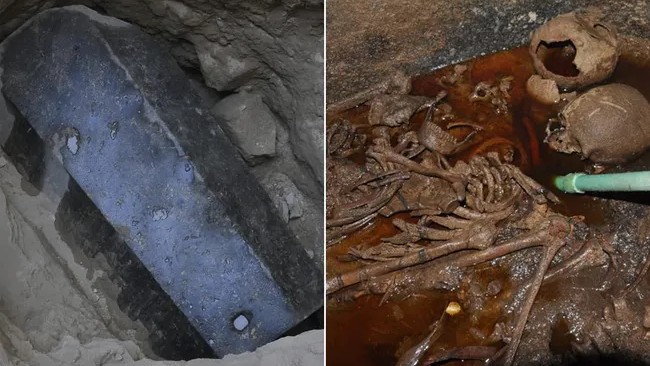
In 2018 a black, granite sarcophagus measuring around 9 feet long, 5 feet wide and 6 feet tall (2.7 by 1.5 by 1.8 meters) was found in Alexandria, Greece by a team of archaeologists. It generated a huge amount of popular attention, with some online writers suggesting that opening it would unleash a curse that would bring about the end of the world. When archaeologists opened it, they found that sewage had gotten into it. They also found the remains of three people and three engravings on sheets of gold. The sarcophagus itself dates to some time after Alexander the Great conquered the area in 332 B.C., but it’s not clear who it was built for.
Saint Peter’s tomb
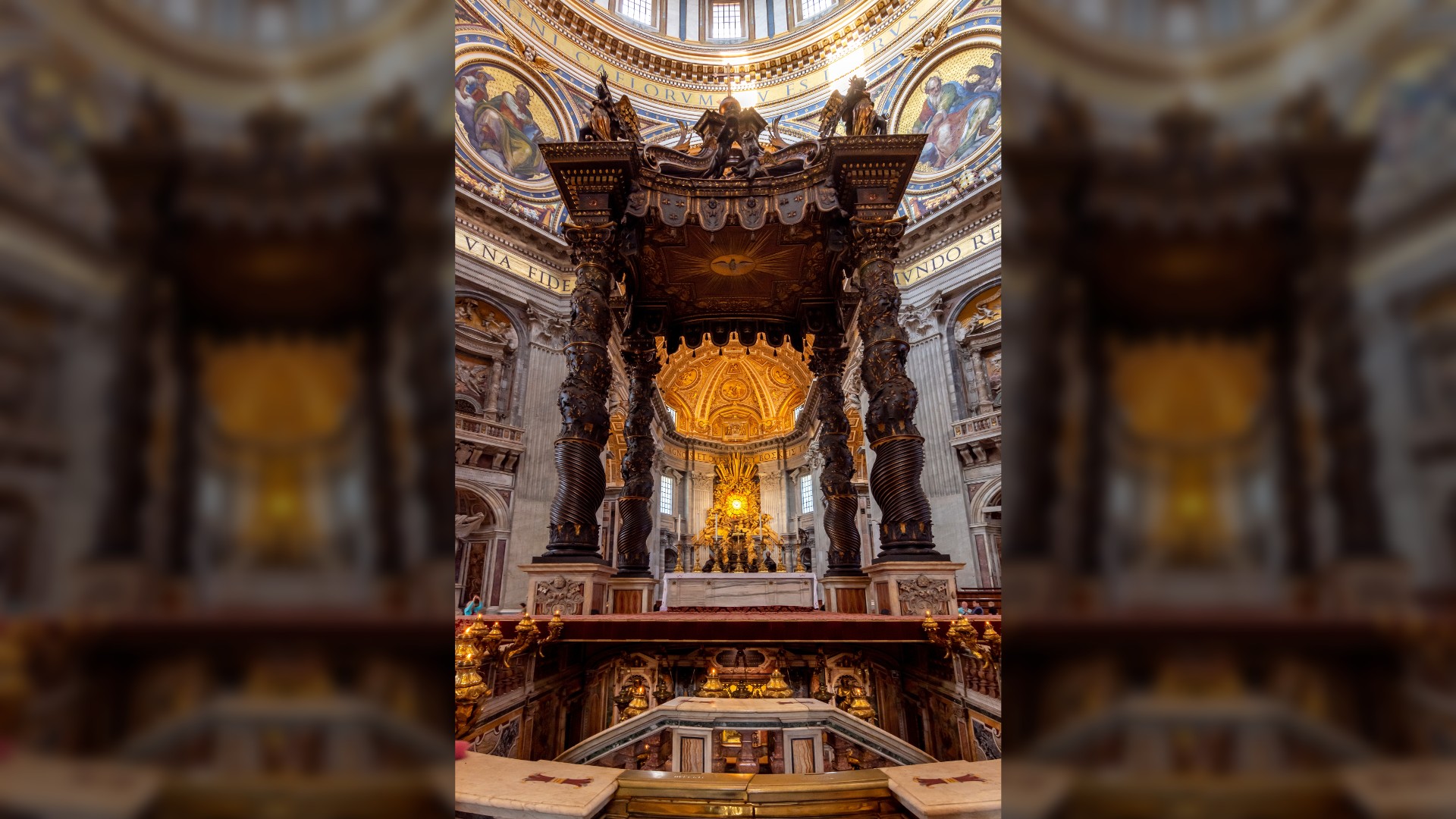
St. Peter’s tomb is located beneath the altar of St. Peter’s basilica in Vatican City, close to an area where the saint is believed to have been crucified during the first century A.D. Multiple graves with human remains are located inside the tomb, including one set of bones that some people believe may have belonged to St. Peter himself. It is thought the earliest church at the site may have been constructed during the reign of the Roman emperor Constantine I, who converted to Christianity and legalized the religion.
Tomb of Seuthes III
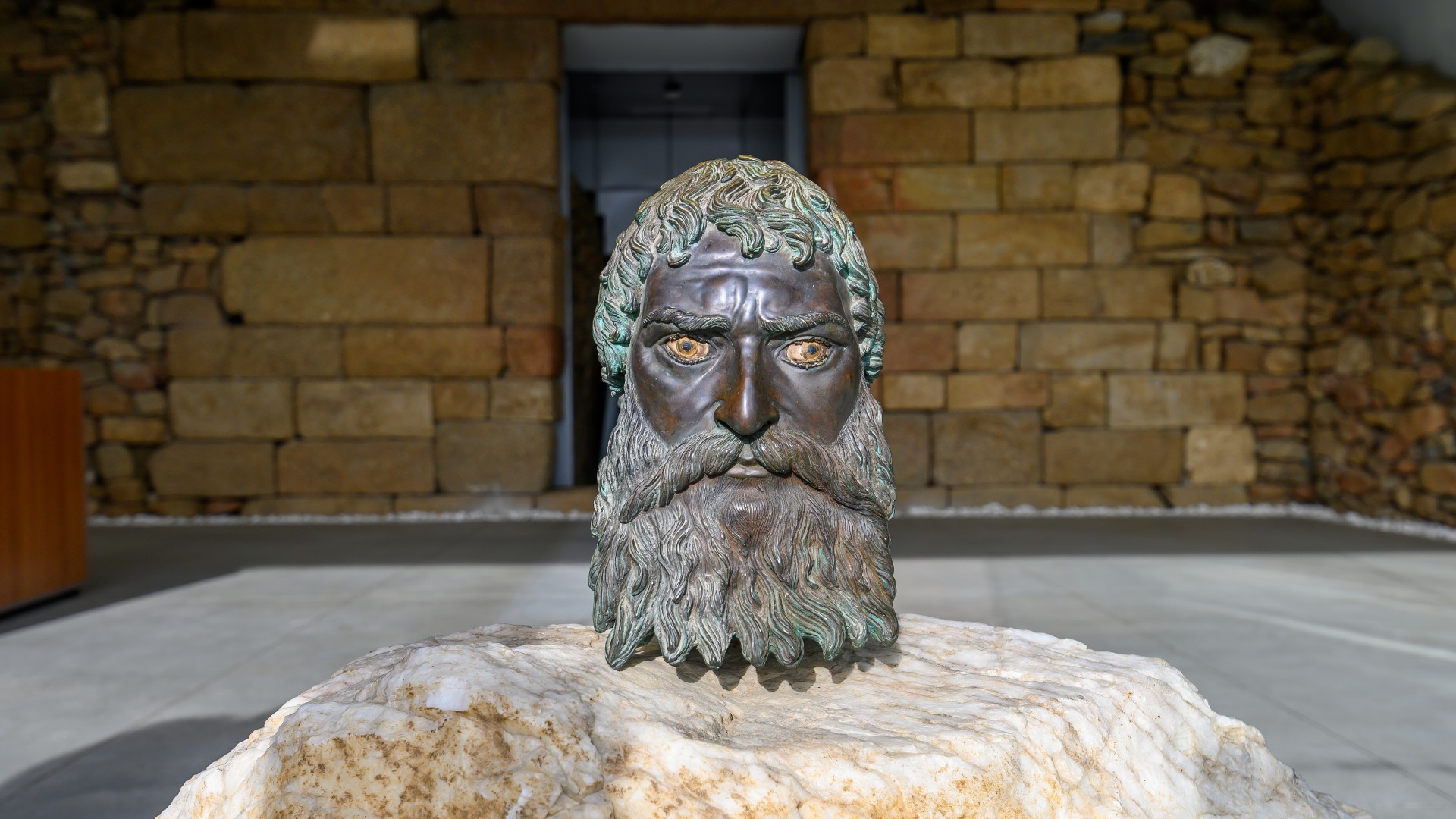
Seuthes III was a king of Odrysia, a kingdom located in Thrace, during the fourth century B.C. When he died, he was buried in what is now central Bulgaria. His tomb housed a variety of rich grave goods including a gold crown, golden cup, weapons, shield, a bronze helmet and a bronze head that may depict the king himself. The tomb is located under a mound that is 66 feet (20 meters) tall and 295 feet (90 meters) in diameter, UNESCO notes.
Castel Sant’Angelo (Mausoleum of Hadrian)
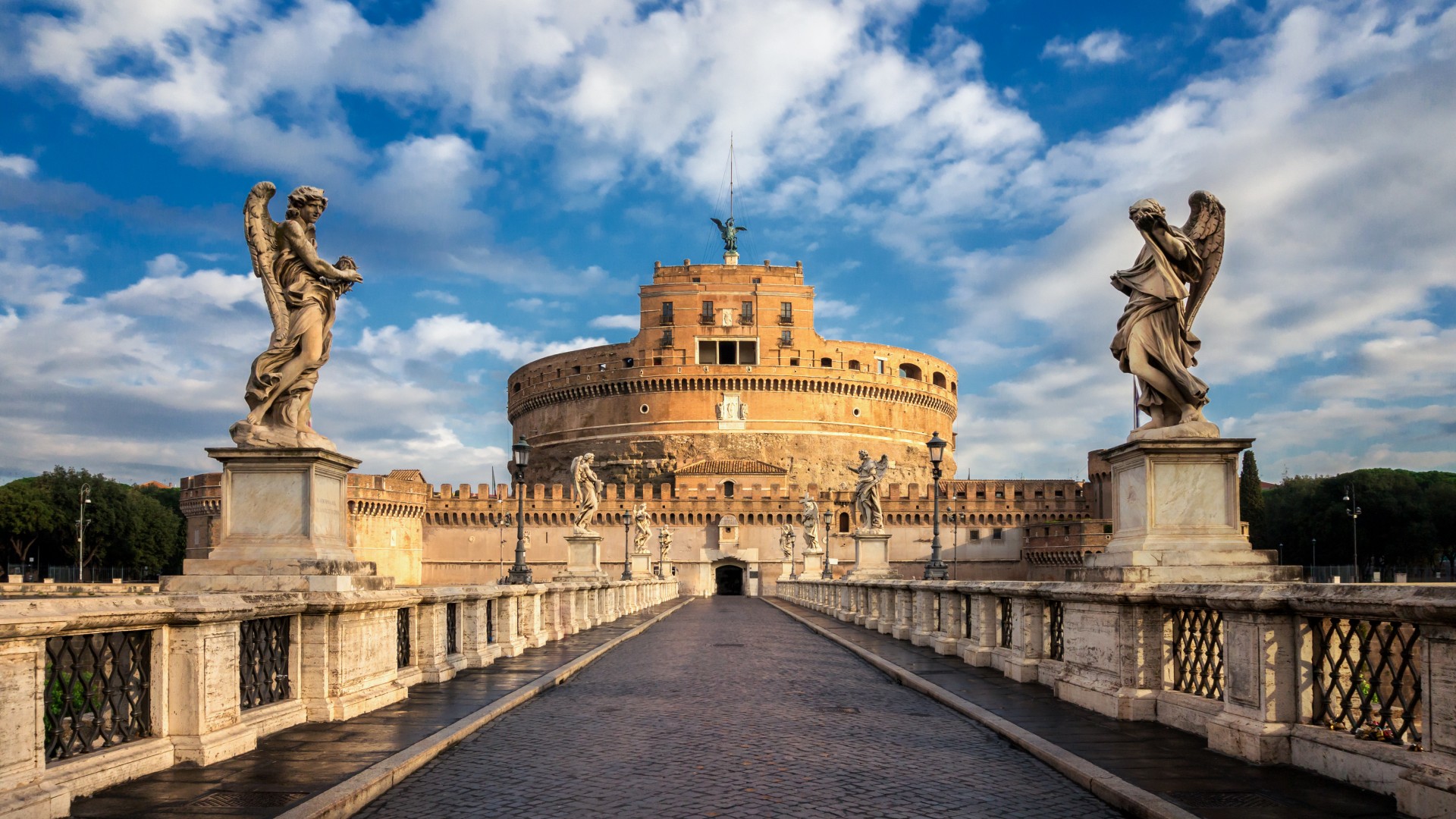
The Castel Sant’Angelo in Rome is a mausoleum built by the Roman emperor Hadrian (reign A.D. 117 to 138) that held urns containing the cremated remains of the emperor, his wife and a number of his successors. The cylindrical building is just under 164 feet (50 meters) tall and was later converted to a fortress that was sometimes used by the Pope. It also saw use as a military barracks and prison, and today it houses a museum.
Mausoleum of Theodoric
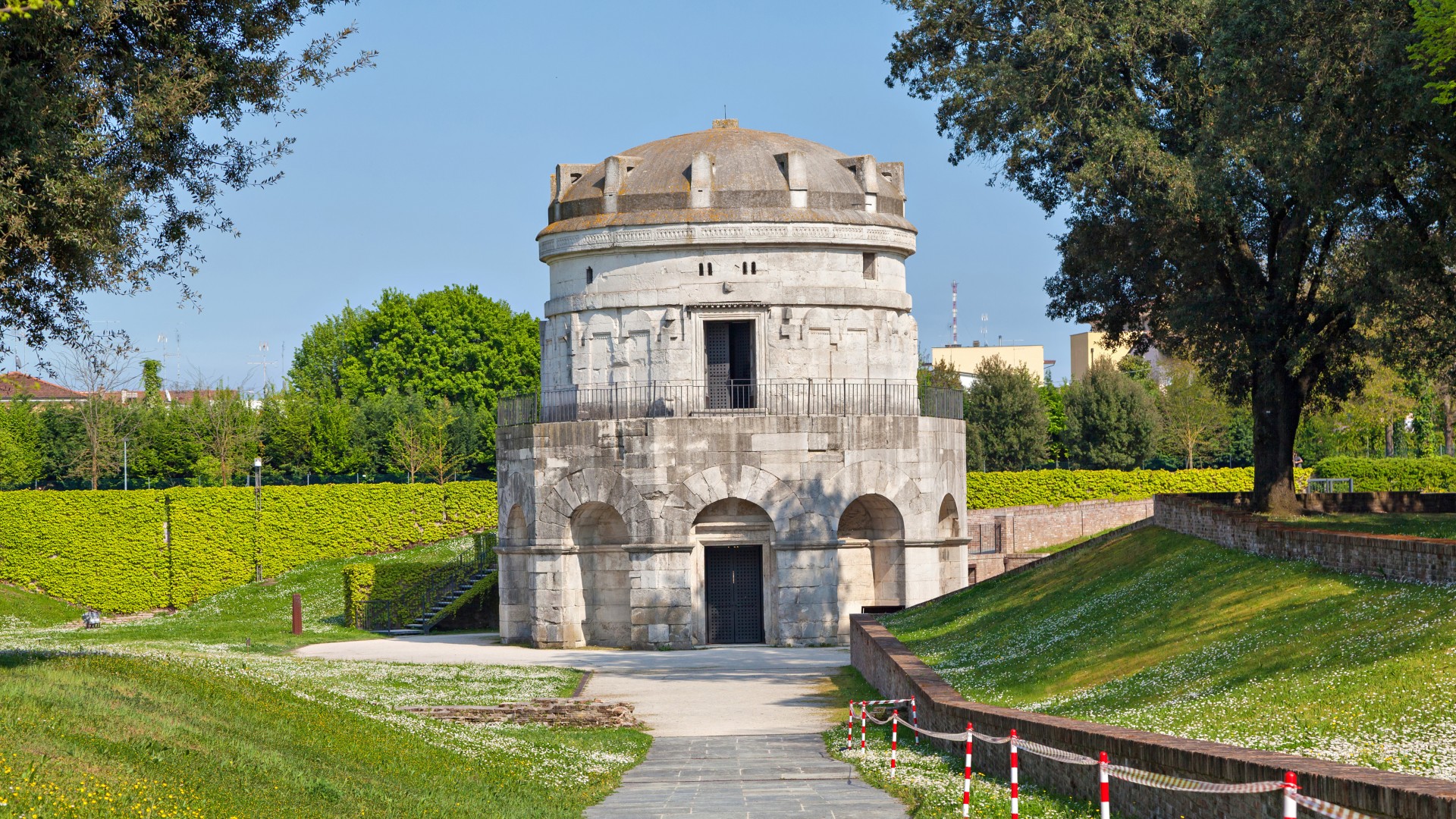
Built for Theodoric the Great (reign circa A.D. 471 to 526), who was king of the Ostrogoths, the mausoleum of Theodoric (sometimes also spelt ‘Theoderic’) is a circular structure located in Ravenna, Italy. The two-story structure is about 49 feet (15 meters) in height), 36 feet (11 meters) in diameter, built out of at least 230 tons of stone and capped with a domed roof. After the Byzantine Empire defeated the Ostrogoths in 540, they removed Theodoric’s remains and converted the mausoleum into a church.
Djoser Pyramid
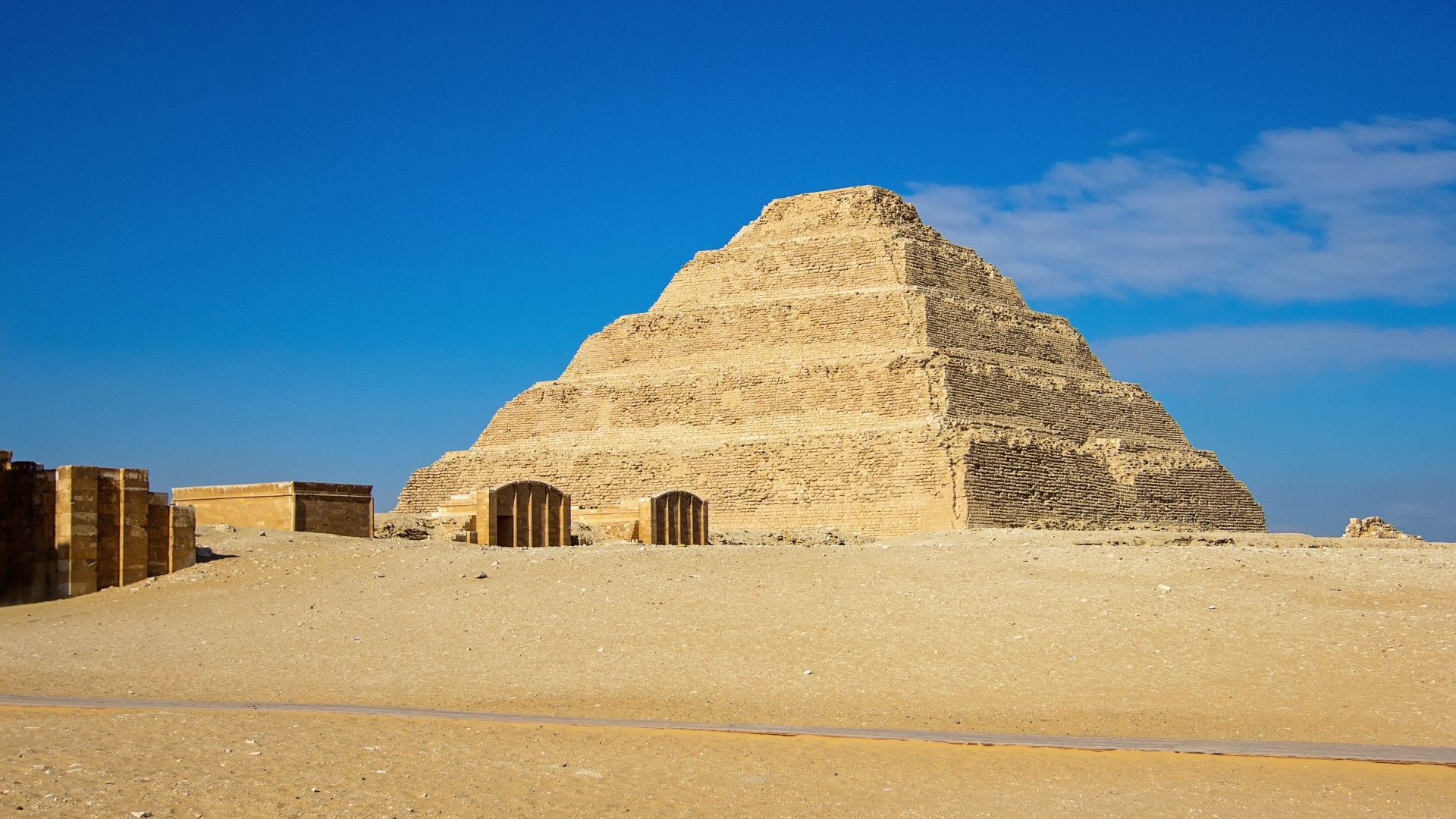
Djoser was a pharaoh of Egypt who reigned about 4,700 years ago. He was built in a step pyramid at the site of Saqqara. It was the first pyramid built in Egypt and stood 197 feet (60 meters) tall with six layers, one on top of the other. The tunnels built beneath the pyramid form a labyrinth about 3.5 miles (5.5 kilometers) long, and within that labyrinth is a burial chamber where Djoser was laid to rest. While his mummy is long gone, 32 fragments of the king’s granite sarcophagus have been found.
Maya royal tomb

In January 2024, archaeologists from Tulane University reported finding the 1,700-year-old tomb of a Maya king at the site of Chochkitam, in Guatemala. It contains a jade mask, mollusk shells, and drawings and writing engraved on human femur bones. One of the drawings shows what appears to be a king holding a jade mask that looks like the one found in the tomb. The writings appear to discuss the king’s father and grandfather, linking them to the rulers of the cities of Tikal and Teotihuacan.
Chauchilla Cemetery, Nazca

The Chauchilla Cemetery is located in southern Peru, in an arid area near the Pacific Ocean. The people buried in it are from the Nazca culture, which flourished in the area from roughly 100 B.C. to A.D. 800. Despite the ancient date of the cemetery, the people in there are remarkably well preserved due to the arid climate of the region. The cemetery has suffered considerable looting in the past, although the situation improved in 1997 after the passage of new laws gave it more legal protection.
Mound 72 Cahokia
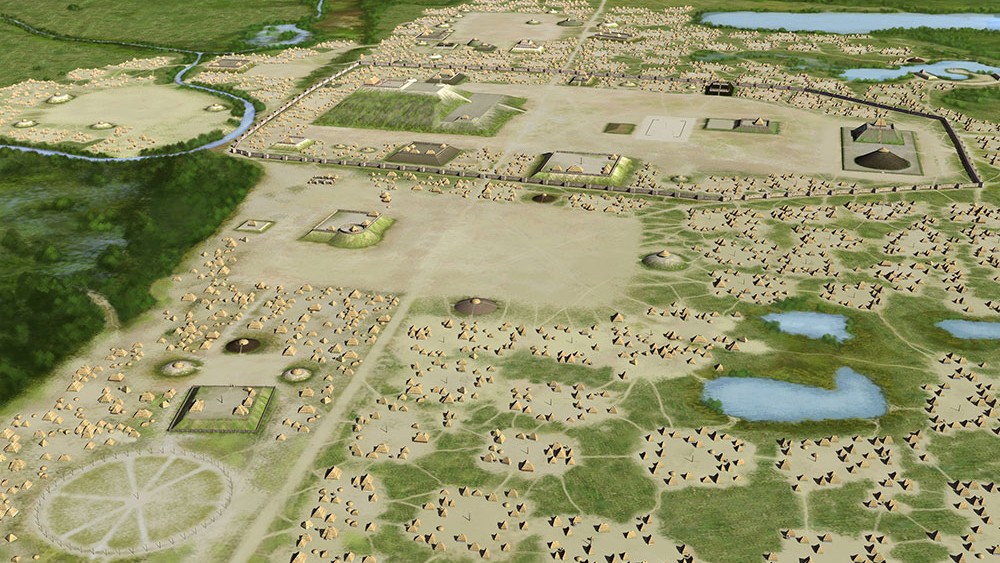
Cahokia is a major site in southern Illinois that reached its peak between A.D. 1000 and 1200. One of the mounds, now called Mound 72, holds more than 200 burials, some of which show evidence of human sacrifice. Originally, it was believed that the mound held two high status males with a vast number of sacrificed individuals. In 2016, a new University of Illinois study found that the people buried in the center were a male and female and there were other male and female burials nearby. It is possible that the number of human sacrifices was lower than was previously believed. Another study published in the same year by the Illinois researchers found that the sacrificed women were from areas outside of Cahokia, raising the question of how they got there.
Pyramid of Amanishakheto

Queen Amanishakheto was a ruler of the Kingdom of Kush who reigned more than 2,000 years ago. Kush was located in what is now southern Egypt and Sudan and its capital, at the time she ruled, was located at Meroe. During her reign, attempts by the Roman army to invade Kush were repelled and ultimately a peace agreement was reached between Rome and Meroe. After her death she was buried inside a pyramid with jewelry made of gold. The pyramid was destroyed in the 19th century but some of the jewelry remains.
The screaming mummy
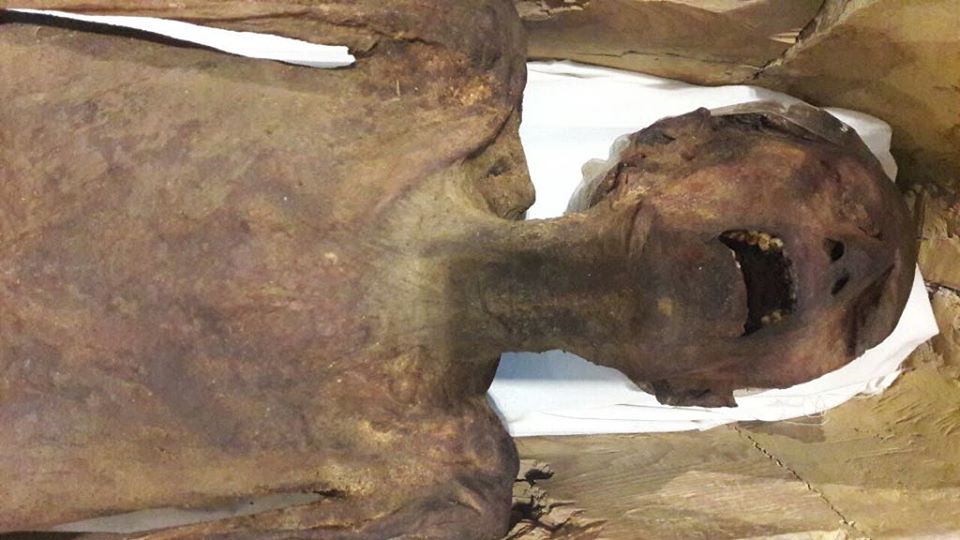
Prince Pentawere (sometimes spelled Pentawer) was a son of Ramesses III who tried — probably successfully — to kill his father. He was part of a plot that involved military and civil officials, women in the royal harem and even his own mother. Pentawere was forced to commit suicide after the assassination. He was not artificially mummified (becoming naturally mummified instead) and his face is in a pose that appears to show him in agony, giving him the nickname “the screaming mummy.”
Tomb of Jesus within the Church of the Holy Sepulchre

The Church of the Holy Sepulchre in Jerusalem houses a tomb which, according to tradition, held the body of Jesus before his resurrection. Helena, the mother of the Roman emperor Constantine, is said to have visited the spot and identified a rock tomb as that belonging to Jesus. The tomb itself is closed and covered by a shrine but in 2016 it was opened to allow for conservation work to take place, allowing scientists to take a brief look inside the supposed tomb of Jesus.
‘Vampire’ grave from Bulgaria
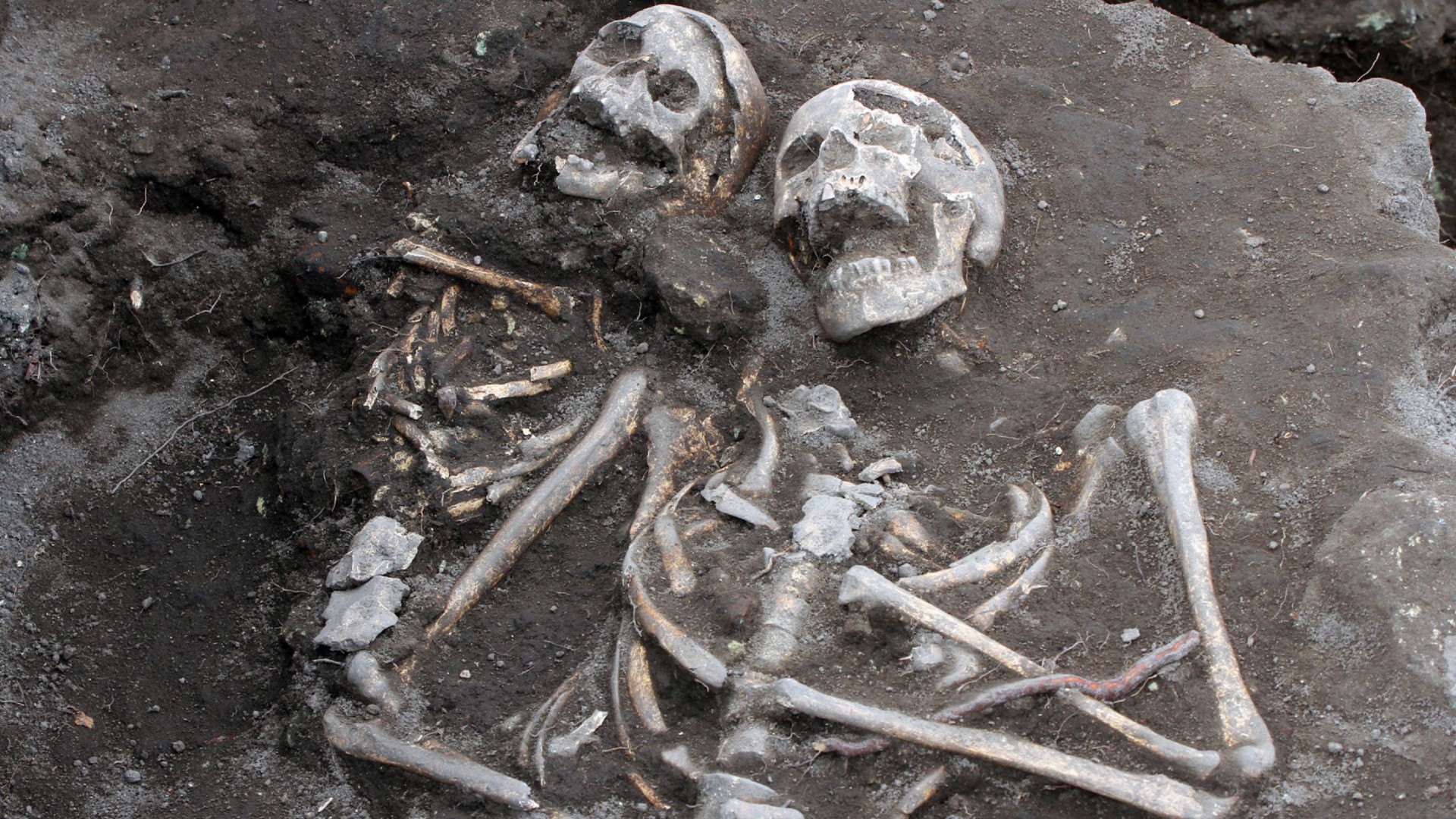
In 2014, archaeologists excavating the site of Perperikon, in Bulgaria, discovered a grave containing the remains of a person who had an iron rod placed through their heart area. Archaeologist Nikolai Ovcharov told U.K. newspaper The Telegraph that the burial dated to the early 13th century, and that the placing of a rod through the heart was done to protect against the dead person becoming a vampire. Similar burials have been found in other parts of Bulgaria.
Woman buried on mermaid bed
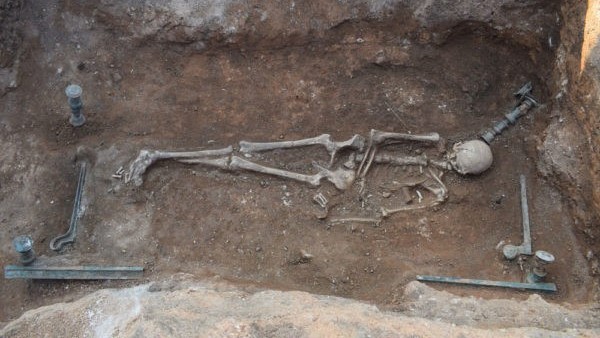
Greek archaeologists found the remains of a woman buried on a bronze bed that has depictions of mermaids on its posts. It dates back to the first century B.C. and was found near the city of Kozani in northern Greece. The bed also has an image of a bird holding a snake in its mouth, a symbol of the Greek god Apollo. The women had gold laurel leaves on her head which likely are the remains of a wreath. Gold threads, possibly from embroidery, were also found on the woman’s hands.
Silla royal tombs

Silla was a kingdom that flourished on the Korean peninsula from roughly 57 B.C. until A.D. 935. Its capital was located at Gyeongju in what is now South Korea and the Sillan rulers, and other members of the royal family, were buried in nearby royal tombs covered by mounds. A variety of treasures have been found inside these tombs, including gold crowns, gold diadems, earrings, necklaces, pendants, belts, rings, swords, gold vessels and caps made of gold or silver.
Treasury of Atreus aka Tomb of Agamemnon
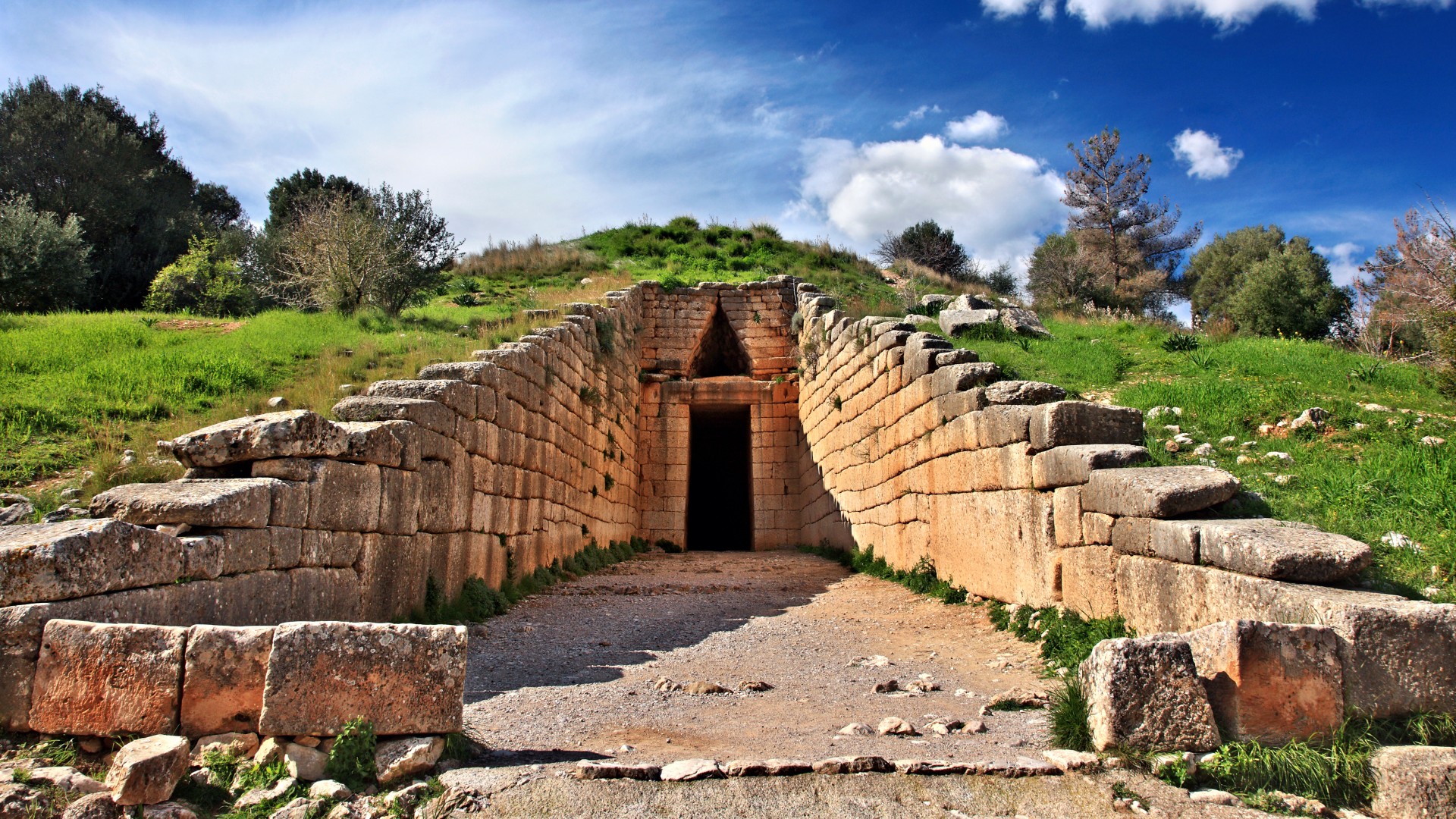
The treasury of Atreus, also known as the tomb of Agamemnon, is a beehive-shaped tomb in Greece that dates back around 3,300 years. Atreus and Agamemnon were both kings in ancient Greek legends and some early scholars speculated that the tomb may have been related to one or other of them. Today, we know that this tomb belongs to what we now call the Mycenaean civilization, and that they built similar tombs in other parts of Greece. While we don’t know who this specific tomb was for, it is unlikely to have been for either legendary character.
Tollund Man

Found in a bog in Denmark in 1950, “Tollund Man” lived around 4,400 years ago and died from being suffocated by a rope tied around his neck. The bog kept his body in a remarkable state of preservation, so archaeologists have been able to determine that he was between 30 and 40 years old at time of death, and that his last meal consisted of porridge and fish. How he ended up this way is a matter of debate: murder, suicide, human sacrifice or execution as a criminal have all been proposed as possibilities. Writing was not in use in Denmark at this time, so scholars have no written records to analyze.
Lady of Ampato

The “Lady of Ampato,” also known as the “Inca Ice Maiden” and “Juanita,” was discovered in 1995 on Ampato, a volcano in southern Peru. She had suffered a severe blow to the back of her head, indicating that she was killed — likely a human sacrifice as part of a ritual. Studies of her remains found that she was wearing a ceremonial tunic and headpiece, had no signs of malnutrition and was around 15 years old when she was killed. In 2023, a reconstruction of what she looked like was created.
Tomb of Alexander the Great
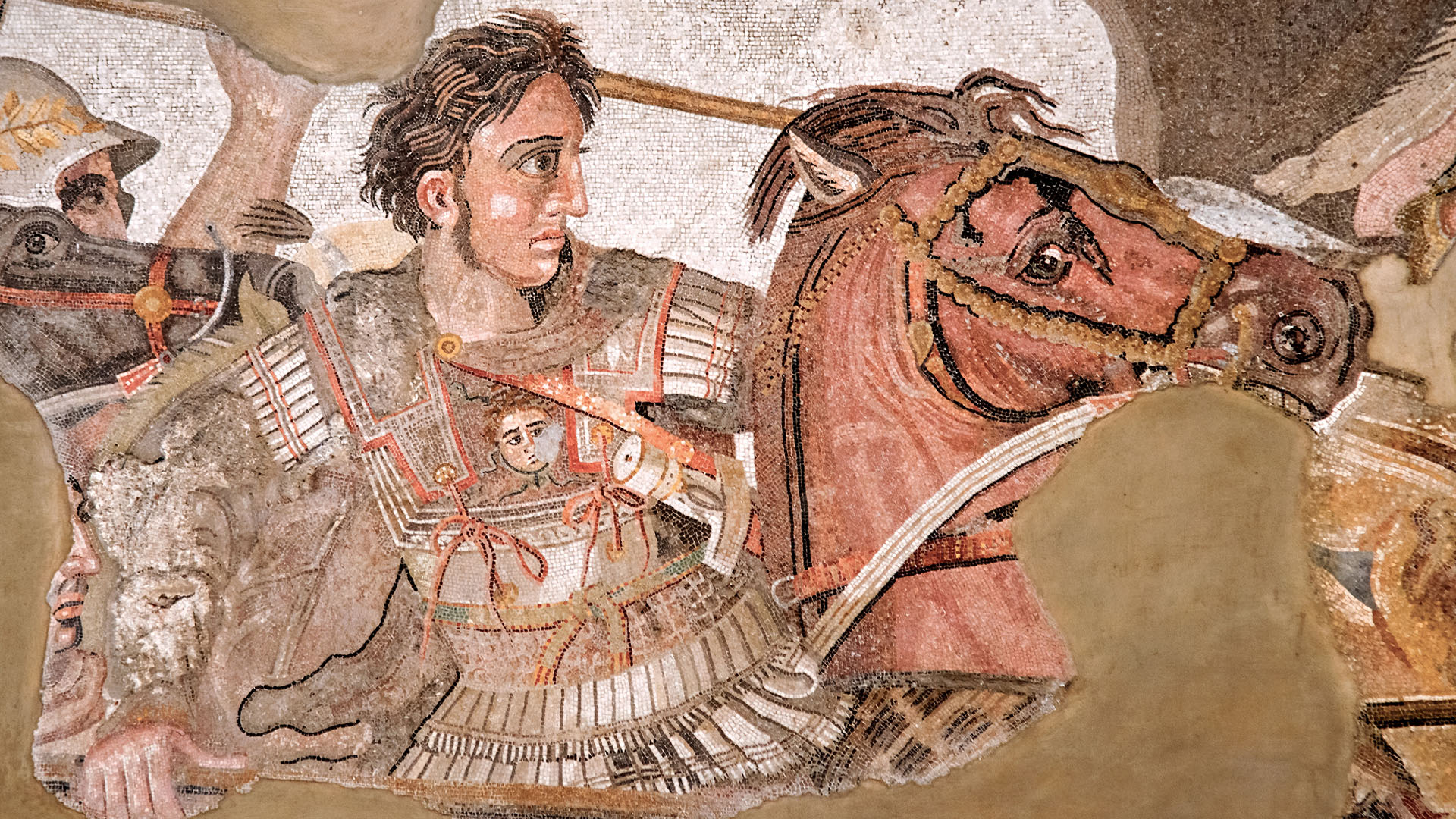
In 323 B.C., Alexander the Great died in Babylon after conquering an empire that stretched from the Balkans to modern-day Pakistan. His empire fell apart after his death and Ptolemy I, a general of Alexander who would become ruler of Egypt, took his body to Egypt. A tomb dedicated to Alexander was eventually built in Alexandria and his body was placed in it. Sadly, this tomb is now lost and the chances of it, or Alexander’s body, ever being found are remote. However, ancient writers discuss the tomb, noting that powerful people such as the Roman emperor Augustus paid homage to Alexander’s remains.


